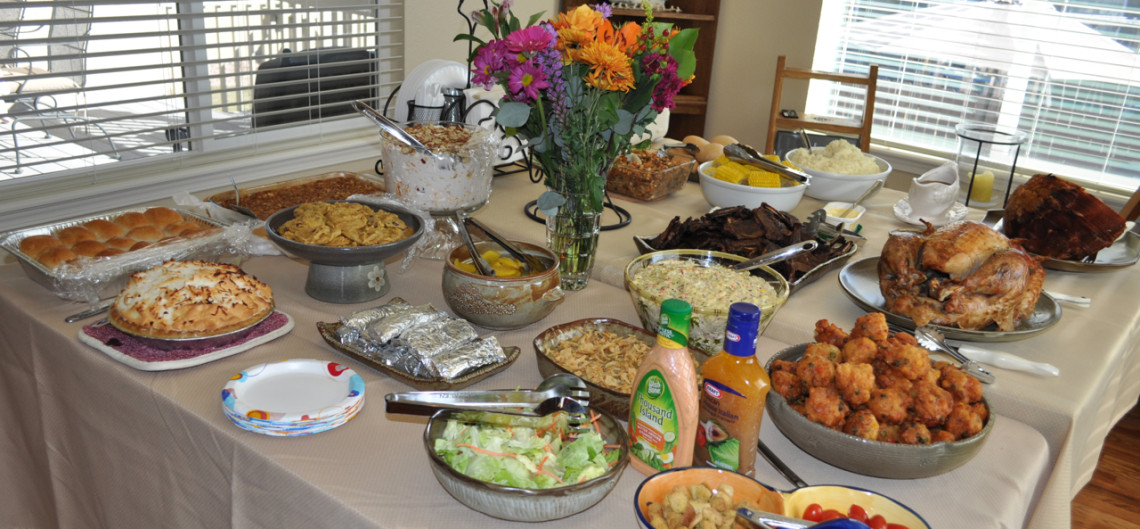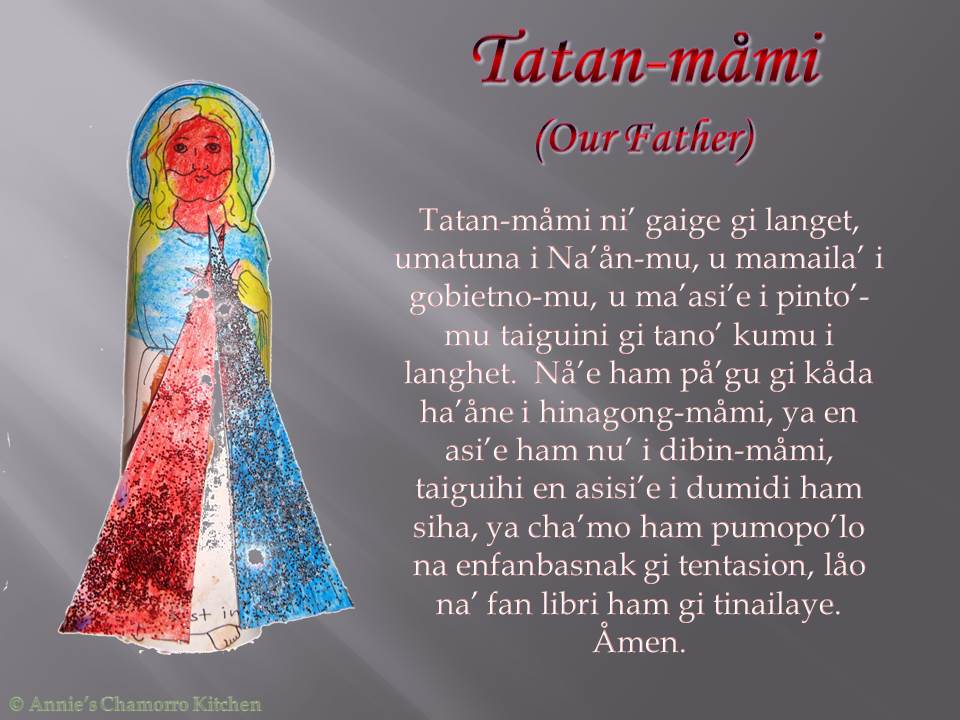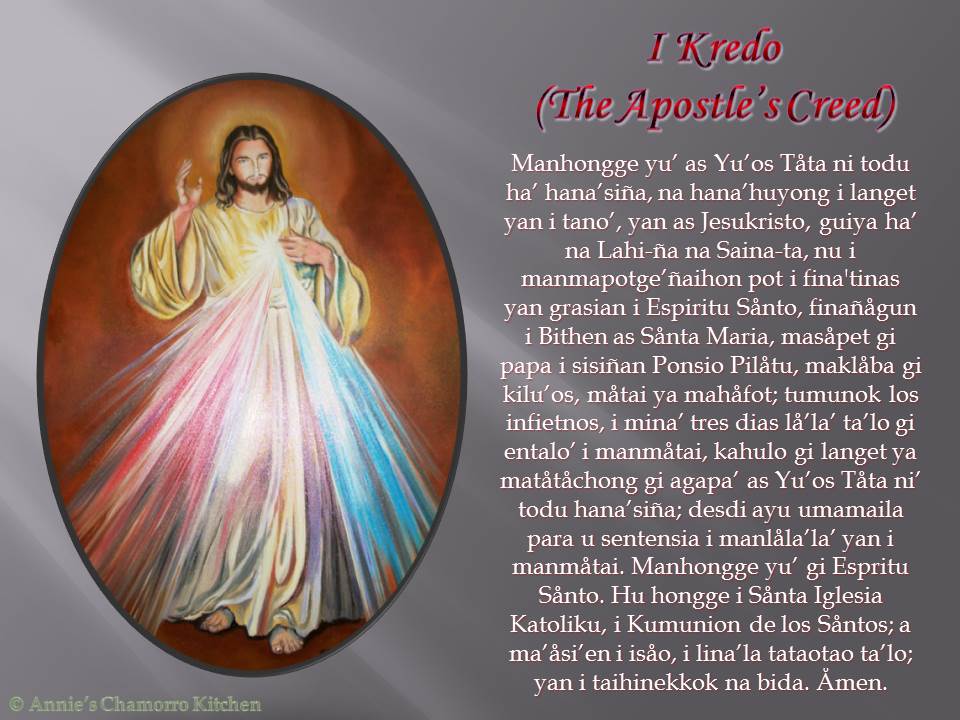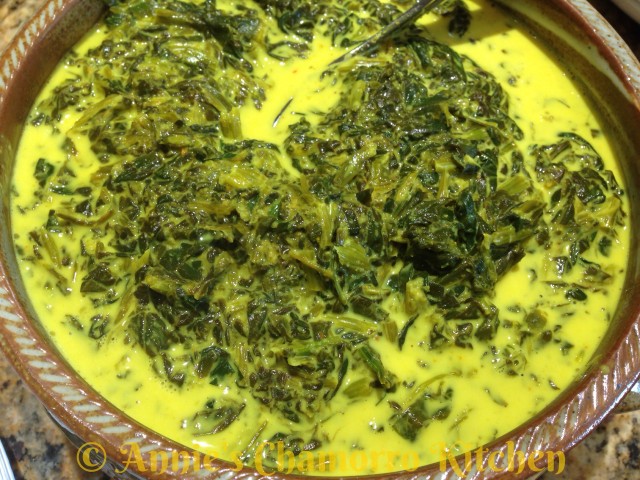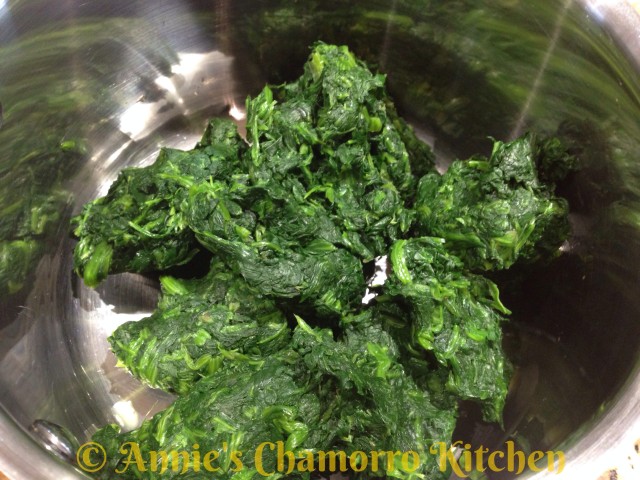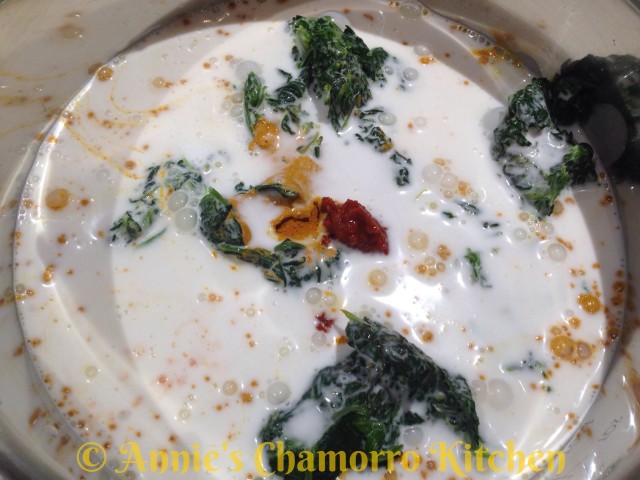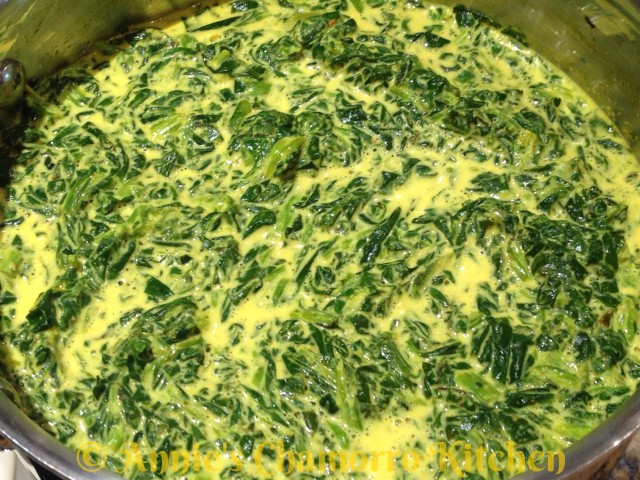
I love a good BBQ. It’s rare that I use a dry rub when we BBQ at our house, especially since my daughter makes excellent marinades. However, when it comes to brisket, I prefer using a dry rub.
I like to experiment with different spice combinations when coming up with recipes for dry rubs. This one contains an unusual combination of espresso powder, brown sugar and cumin, among other things. The sweetness of the sugar goes really well with the smokiness of the espresso and cumin.
I also save some of the dry rub mixture to make a mop sauce to baste the brisket as it smokes. All that’s needed to make the mop sauce is to mix a bottle of your favorite beer (ale works well with this recipe) with about 1/2 cup of the dry rub mixture. Don’t worry–the alcohol cooks out by the time the brisket is done.
I own a smoker/grill, which is what I used to smoke my brisket. You don’t need a smoker to make this, however. You can bake this long and slow in your oven. The result will still be finger-licking-good.
Give my recipe a try. I think you’ll like it. 🙂
Smoked Brisket

Ingredients:
- 1 cup brown sugar
- 2 tablespoons cumin
- 1 tablespoon espresso powder
- 1 tablespoon salt
- 1 teaspoon black pepper
- 2 tablespoons garlic powder
- 1 tablespoon onion powder
- A nicely marbled brisket, about 7-8 pounds, with a nice layer of fat on one side
- 1 bottle beer (I used a 12-ounce bottle of Alaskan ale)
Directions:
1. In a small measuring cup, mix together the brown sugar, cumin, espresso powder, salt, black pepper, garlic powder and onion powder.
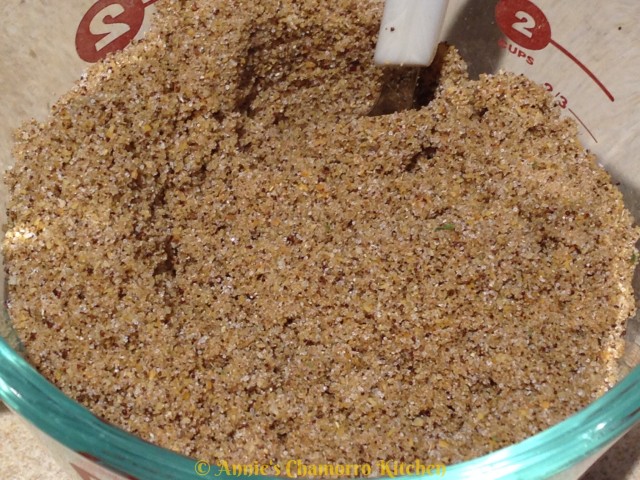
2. Save 1/2 cup of the dry rub to make the mop sauce. Spread the rest of the rub evenly over both sides of the brisket.
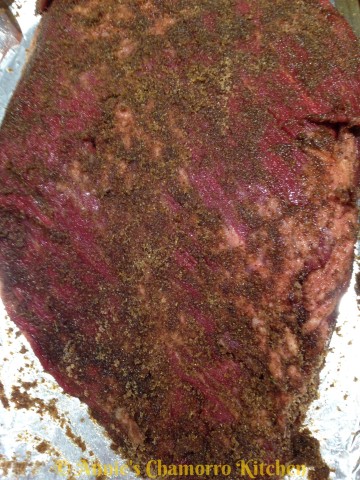
3. Mix the beer with the remaining 1/2 cup of the dry rub mixture. Set this aside.
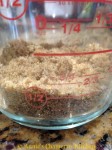
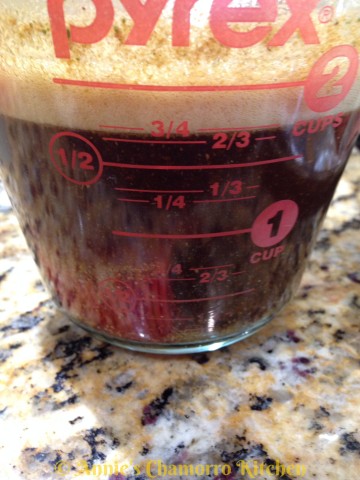
4. If you own a smoker, place the brisket on the grill, fat-side facing up. Smoke the brisket for one hour, then turn the temperature to 225 degrees to cook for the remaining time. You’ll smoke/cook the brisket for a total of 6 hours. Generously baste the brisket once every hour.

5. Mid-way through the cooking time, after about 3 hours or so, flip the brisket over so that the fat is on the bottom. Continue basting every hour; stop basting one hour prior to the brisket being done.
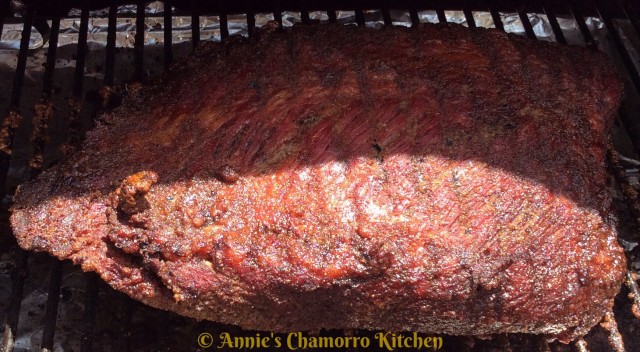
6. When the brisket is done (after it’s been smoking/cooking for about 6 hours), remove it from the grill or oven. Wrap the brisket in aluminum foil and let the brisket rest for 30 minutes.

7. After 30 minutes of resting, unwrap the brisket.

8. Thinly slice the brisket, ensuring you cut across the grain of the meat.

Serve and ENJOY!
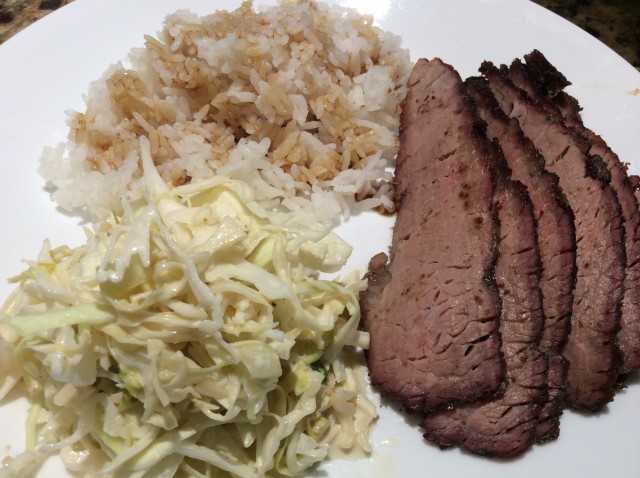
Our mini-poodle is waiting patiently for his share! 🙂


